Everyone wants to go to Southeast Asia, right? Between the ancient temples, the jaw-dropping food, the pristine beaches, and friendly locals, who wouldn’t want to explore this gorgeous part of the world for themselves?
But Southeast Asia is a bucket-list destination for another reason – did you know you can embark on a safari here? It’s a completely different experience from an African safari and one that can’t be missed, whether you’re an expert at African safaris or you’ve never been on a safari at all.
That’s not all: you can find amazing wildlife everywhere in Southeast Asia if you know where to look for it! No matter where you’re traveling and what your plans are, here are a few of our top places to see wildlife in Southeast Asia.
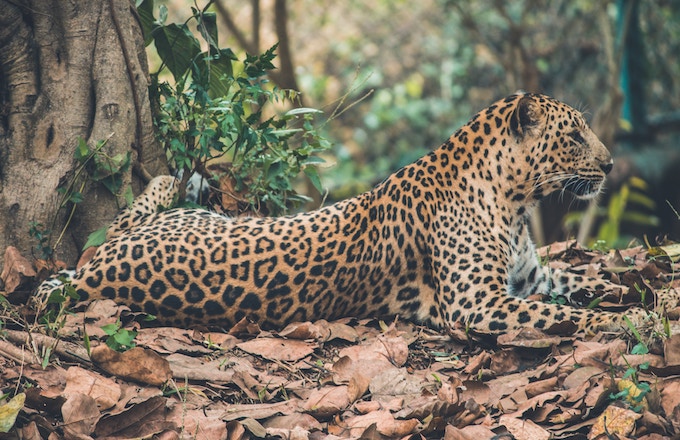
Tips for spotting wildlife
- Listen to your guide. Your guide will always be the most knowledgeable person in your tour group when it comes to the best places to spot wildlife and the best ways for you to make the most out of your experience, so make sure to always listen to what they have to say!
- Look all around you. Don’t just focus on what’s in front of you – in Southeast Asia, you can see amazing animals from above and below, too! If you’re noticing a lack of wildlife somewhere you’d expect to see it, such as a nature reserve, it’s likely you’ll see monkeys in the trees above, for example.
- Stay quiet. While it’s amazing to be able to see so many different animals, try not to express that excitement too loudly! Animals, especially the lesser-seen ones, are very sensitive to noise and will do their very best to stay hidden if they think there’s a threat around.
- Expect the unexpected. One day, you may not see a single animal (though that’s very rare!), but the next, you could be overwhelmed with how many different wild creatures you can spot! Take each excursion and day one at a time, and know that there are always further chances to cross off those bucket-list animals!
How to choose the best wildlife tour
One of the most important things when you’re considering traveling on a wildlife tour is whether your tour operator cares for the animals you’ll be seeing. That doesn’t mean visits to privately owned and often exploitative “reserves” but rather a commitment to the well-being of the animals in the area. Make sure your tour doesn’t come with any guarantees of seeing animals, do your research about which reserves and areas you’ll be visiting, and, if in doubt, always ask questions!
Once you’ve cleared that, the fun begins – deciding where you’d like to go! With wildlife tours, the most important thing to decide is what animals you’d like to see – once you know which ones you’d really like to check off your list, do a little research to see which country and at what season will give you the best chance of finding them!
Where to find the best wildlife in Southeast Asia
Minneriya National Park
This national park in Sri Lanka has been a wildlife sanctuary since 1938, which gives travelers a very good chance of seeing some of the established species that call this expansive park home. Here, you may see Asian elephants, spotted deer, and monkeys such as the purple-faced langur and toque macaque, as well as rarer and more endangered animals such as leopards and sloth bears.
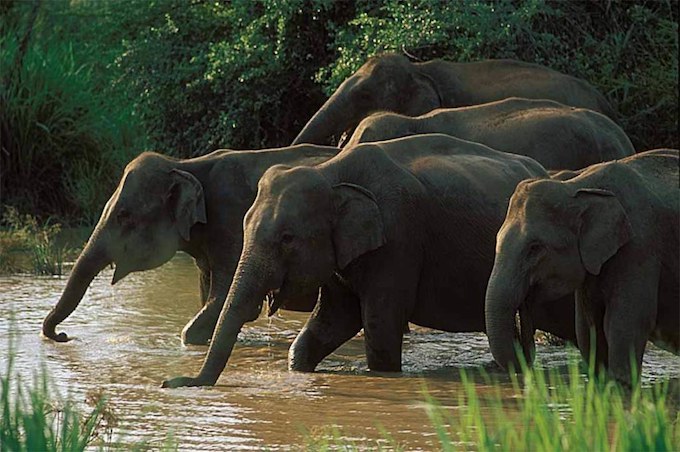
Cardamom Mountains
For hiking and trekking enthusiasts who are also looking to spot some incredible wildlife on their trip to Southeast Asia, the Cardamom Mountains in Cambodia are the perfect mix of the two. These remote mountains are home to some amazing wildlife, including some extremely endangered species – so always make sure to listen to your guide and choose your tour responsibly! In this region, travelers can be treated to glimpses of clouded leopards, sun bears, pangolins, Siamese crocodiles, and Asian elephants.
Sepilok Rehabilitation Centre
Some of the most famous residents of Malaysia are also the most endangered – orangutans are critically endangered, and populations are steadily decreasing due to deforestation and illegal hunting. The Sepilok Rehabilitation Centre was founded in 1964 as a way to care for these beautiful primates. Many of the orangutan residents were orphaned as babies and have been raised in the rehabilitation center – while they live in a reserve, in many cases, these orangutans are still wild, which marks a difference between legitimate reserves – travelers may look at the orangutans and appreciate their beauty, but not touch.
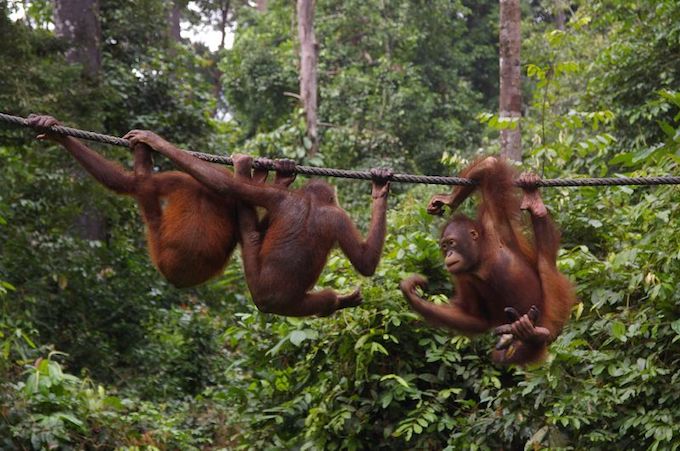
Sirinath National Park
Thailand is known for its beautiful beaches, and few of those beaches are as fantastic as the ones found in Sirinath National Park. A great spot to relax and explore on its own, the wildlife reserve consists of three protected areas: land, beach, and sea. Here, you’ll find a well-maintained walking trail, signs that explain the types of vegetation around you, and animals on both land and sea! If you like the park too much to leave, there are also bungalows and tents available to rent on the property.
Ba Be National Park
Home to a staggering amount of biodiversity, Ba Be National Park in Northeast Vietnam consists of caves, mountains, freshwater lakes and rivers, and forests – if there’s an animal you’re looking to spot in Vietnam, there’s a good chance you could find it here! From pangolins to slow lorises to 43 different species of reptiles, you’d be hard-pressed to visit Ba Be National Park and not leave with several animal sightings ticked off your list!
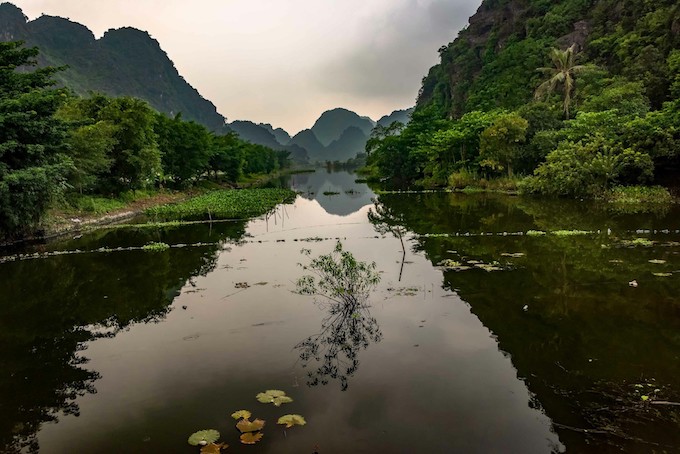
Donsol
For travelers looking to get up close and personal with a different type of nature, Donsol in the Philippines is the place for you. Here, dozens of whale sharks – a gentle shark species that can grow to the size of a school bus – gather and can be spotted nearly every day from November until June. Travelers interested in diving and having a close encounter with these gentle giants should remember to consider their operator carefully – they should never bait the sharks or force them to interact with you.
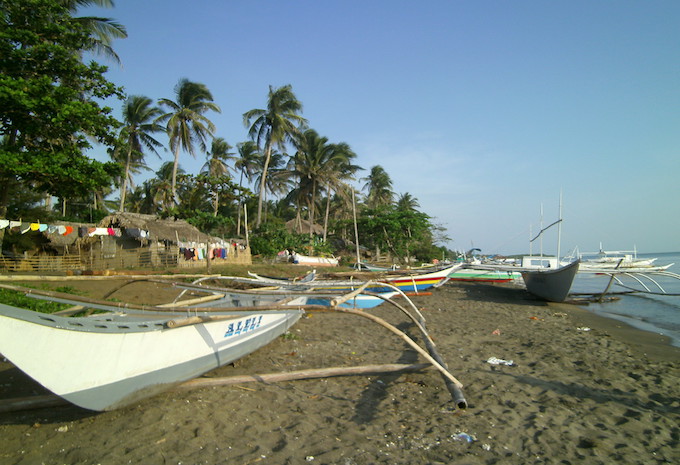
One of the best parts of traveling in Southeast Asia is that you can have so many different experiences in one trip – not only can you explore stunning nature, but you can learn how to cook mouth-watering food (or at least eat a lot of it!), dance the night away, and relax on the beach. When you opt to embark on an Asian safari, or if you just decide to see what kind of wildlife you can spot on your trip, it adds a whole other element to your adventure that you’ll remember for the rest of your life.
What kind of wildlife do you dream of seeing in Southeast Asia?


